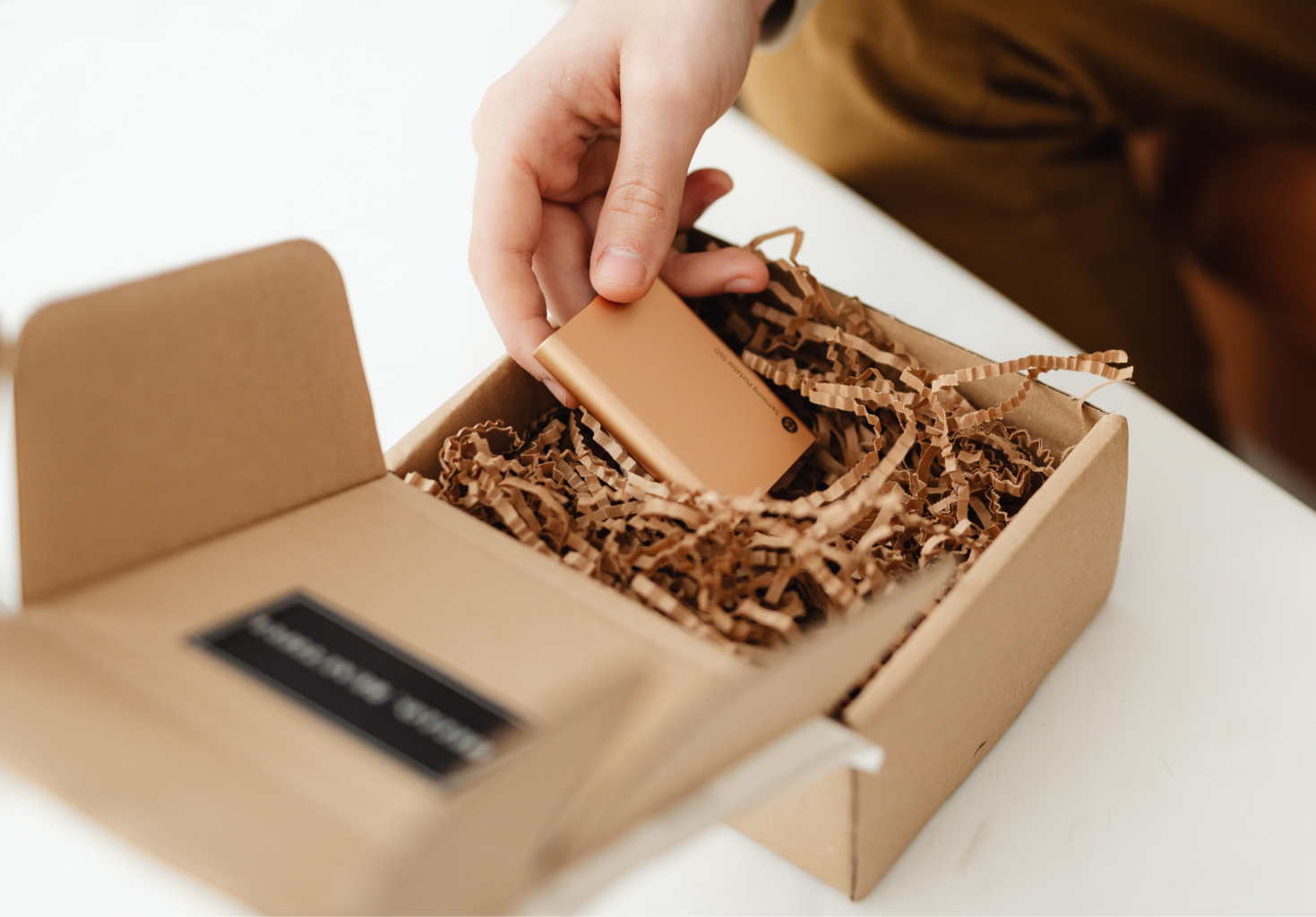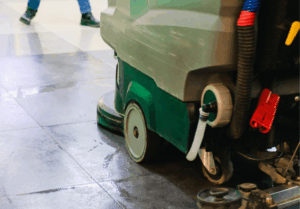Proper packaging is central to protecting your products, controlling costs and making a strong first impression. It’s often the first tangible interaction consumers have with your brand. Even the smallest mistakes in packaging design or systems can lead to significant expenses, damaged goods and a negative brand image. Read on to learn about the common pitfalls in packaging and how to avoid them.
Using the Wrong Size Package
One of the most common mistakes businesses make when it comes to packaging is using packages that don’t match the sizes of their products. Oversized packaging leads to wasted materials and excessive filler use, increasing material, disposal and shipping costs. Extra room in your packaging can cause items to shift and become damaged during transit, leading to costly returns. On the other hand, packaging that’s too small can result in crushed products or torn packaging. The solution? Use properly-sized packaging that fits the product dimensions and requires minimal filler to keep items secure and protected.
Lack of Cushioning
Failing to use the right internal packaging to protect your product, like bubble wrap, air pillows, foam inserts or cardboard dividers, can result in costly product damage. Items that shift during transit are more likely to break, especially when boxes are stacked, dropped or jostled around. Protective materials should be chosen based on the item’s weight, fragility and how it will be transported. The proper cushioning is vital to protecting your products, reducing returns and enhancing the customer experience.
Overlooking Branding
Generic or inconsistent packaging can lead to missed opportunities. When customers see your products, the packaging should speak to your brand identity. Thoughtful, branded packaging reinforces your brand values and contributes to a memorable unboxing experience. Whether your brand emphasizes luxury, affordability or eco-consciousness, your packaging materials, colors and other design elements should reflect your message. For example, a premium brand might use soft-touch finishes and embossed logos, while an eco-friendly brand might opt for natural materials and neutral colors. Packaging is an extension of your brand and a key player in communicating your brand story, so choose your design wisely.
Ignoring Sustainability
Over-packaging or using non-recyclable materials often leads to increased costs, unnecessary waste, and potentially alienating environmentally conscious customers. Today’s consumers expect businesses to practice sustainability in every aspect, and packaging is a visible demonstration of a brand’s efforts. Use recyclable or compostable materials, and avoid using excess filler. Not only will your customers appreciate your brand’s eco-conscious mindset, but the planet and your bottom line will thank you.
Having Inefficient Packaging Systems
Packaging isn’t all about the design; it’s also about how the packaging systems and processes function. Inefficient processes and outdated equipment can slow down fulfillment and increase labor costs, causing a significant impact on daily operations. When these operations are slowed, shipping becomes delayed and customers don’t receive their products on time. Improper inventory management of packaging supplies can also create delays, including bottlenecks in the supply chain that slow down the rest of your operations. Streamline workflows by investing in upgraded packaging equipment, optimizing inventory management systems and implementing more efficient processes.
Packaging is more than a container for your product—it plays a critical role in the customer experience and supply chain efficiency. From packaging design and sustainable materials to equipment and inventory management, Veritiv Pollock delivers comprehensive packaging solutions to businesses across all industries. Learn more about our packaging solutions or contact us today to discover how we can help you improve your packaging.






